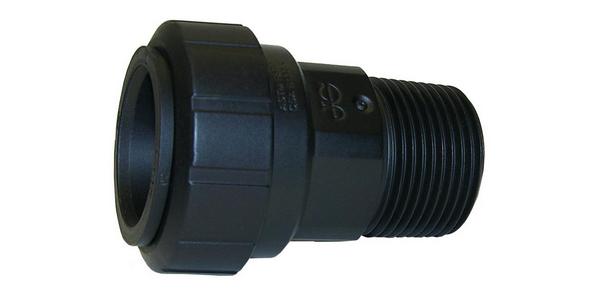There is a demonstratable link between humidity and the infectivity and longevity of a variety of viruses, such as influenza and coronaviruses, according to a new whitepaper by Munters. Titled “How Humidity Control Can Reduce Viral Infectivity and Longevity,” the scientific report addresses how it is possible to reduce the transmission and longevity of harmful viruses by controlling indoor relative humidity levels.
The paper is based on gathered research, including studies on the efficiency of respiratory droplet transmission at humidity and temperature, virus survival and transmission at absolute humidity levels and the effect of environmental parameters on the survival of airborne infectious agents. Among the most notable and timely findings, the research demonstrates that at RH levels between 40-50%, many types of common and harmful viruses, such as influenza and coronaviruses, are rendered inert much more quickly than at RH levels of less than 20%.
Maintaining target RH levels can be accomplished using humidity control solutions, which facilitate precise RH control for indoor environments. Furthermore, the whitepaper concludes that humidity control is always useful, but particularly during a typical flu season, where outdoor temperatures and absolute humidity tend to be lower. For more information, visit munters.com.



